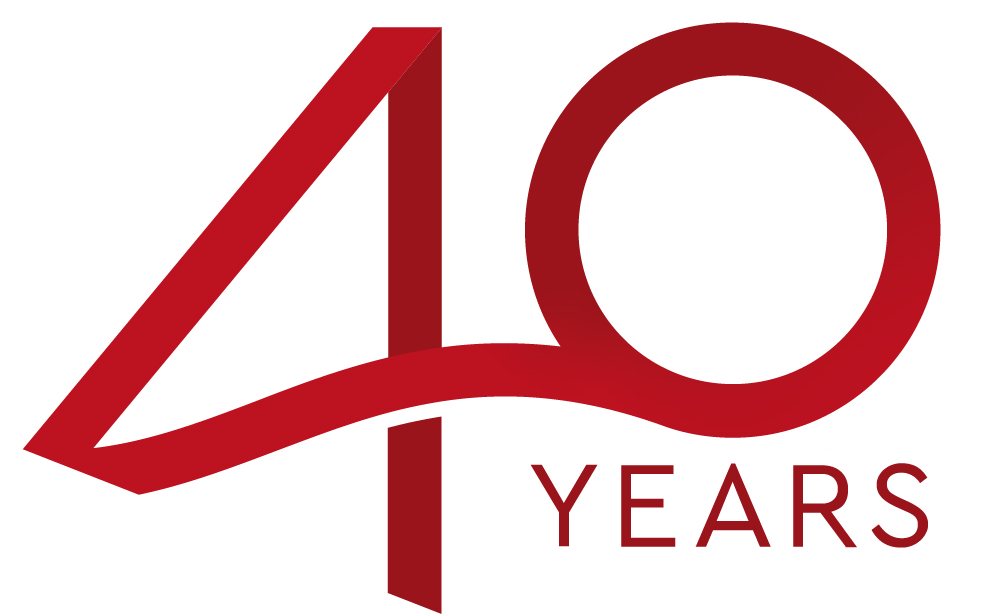
Summer Pressure on Shipowners in Northwest Europe
MR rates continued to decline this week, starting at WS170 for voyages to West Africa and dropping to WS155 by week’s end.
Similarly, tankers bound for the US Atlantic Coast saw rates fall from WS160 to WS125. Handies performing cross-continent voyages also experienced a decline, with rates slipping from WS160 to WS125.
On the barging front, the Rhine’s water level is steadily rising, allowing barges to pass Pegel Kaub. By the weekend’s end, maximum intakes are expected to be shipped along the Rhine. However, significant maintenance at several locks in the ARA region, ongoing until the end of September, is causing delays in key waterways.
In the intermediate and small chemical markets, there was a significant drop this week, with some fixtures recorded at heavily discounted rates. Intermediate owners unable to secure tonnage are adding to the pressure on the already ample availability of small chemicals.
However, there was slightly more activity for ARA to Med and vice versa voyages, with Petroineos fixing 5,000 tons of FAME at $310,000 for a 10-12 August laycan. ST Shipping secured a fixture for the reverse route, from Algeciras and Ferrol to ARA, on the same dates at $380,000.
Shipowners are now coming to terms with the situation, and with many vessels available, charterers currently hold the bargaining power. Nevertheless, owners anticipate a market rebound at the beginning of September, driven by increased activity and improved fundamentals, which could help reduce available tonnage.
In the news, the UK has revised down its biofuel and bioenergy feedstock estimates for 2030-2050, due to conservative assumptions about energy crop planting, biogas demand, reduced short rotation forestry, and limited waste gas access. Meanwhile, the UK and Global Bioenergy Resource Model has increased global demand estimates for woody biomass by 19% and for first-generation biofuels by 3%.
The updated model, covering 2015-2050, indicates that bioenergy feedstock estimates for 2030 are 34% lower than previously thought, with a 28% reduction after accounting for competing uses.



